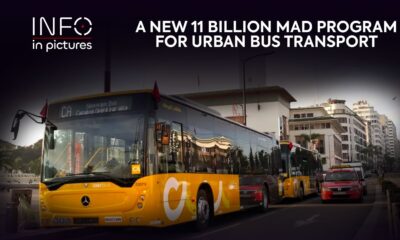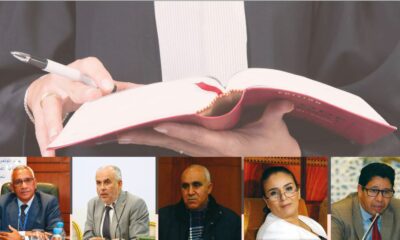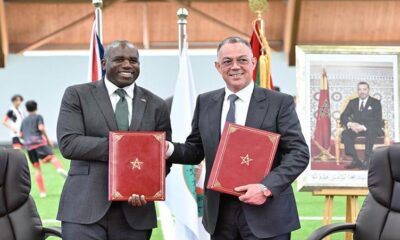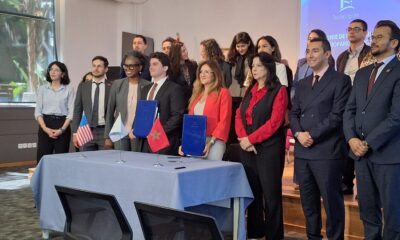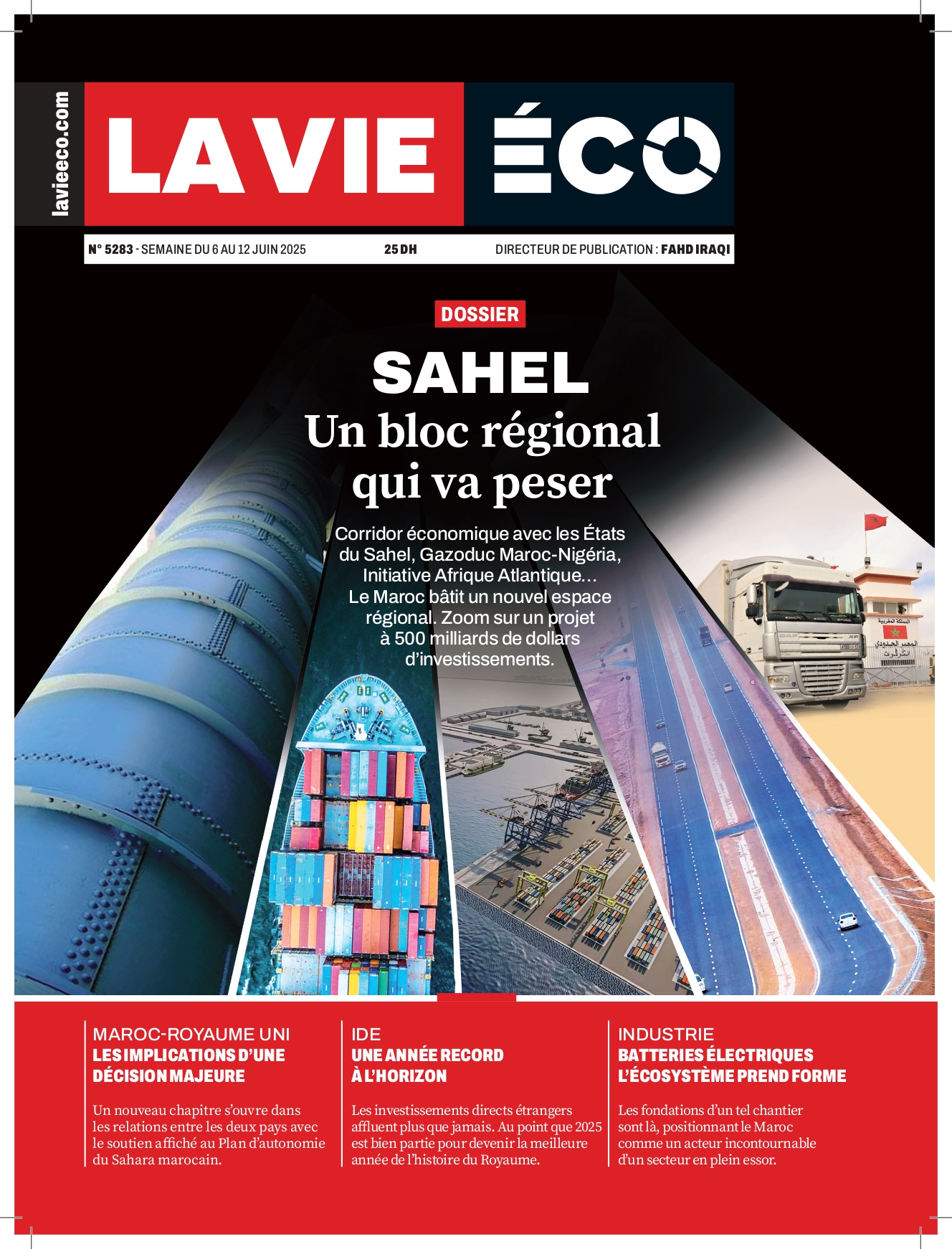Influences
INDH: 20 years already, a model of social engineering
In two decades and three cycles of evolution, the Initiative has been able to mobilize an ecosystem of nearly 15,000 actors in the administration, local authorities, and the associative fabric. Its actions have touched millions of Moroccans whose living conditions have improved over time.
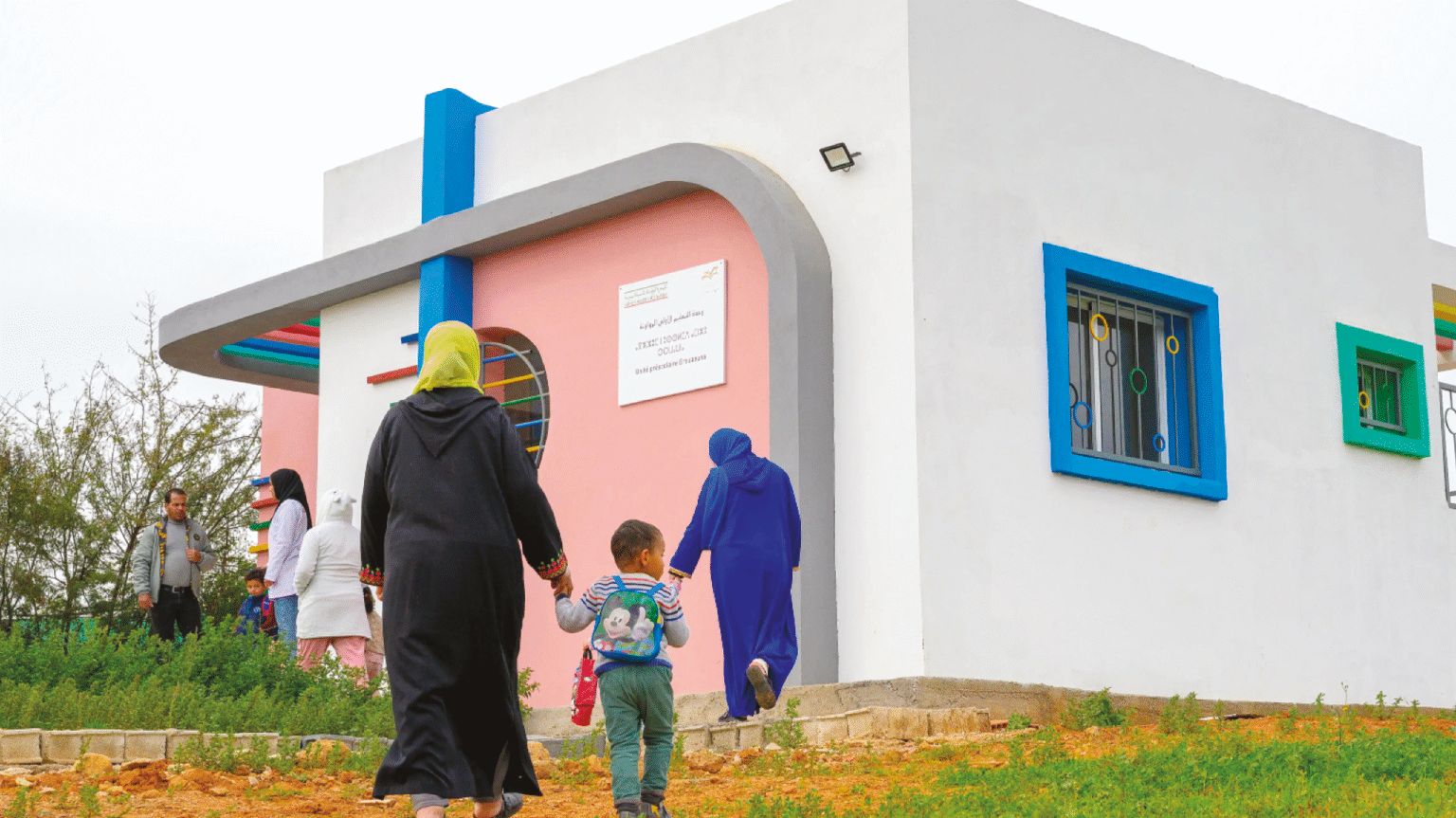
It is a very significant coincidence. At the moment when the INDH was preparing to celebrate the 20th anniversary of its launch, Morocco reached, for the first time, the rank of countries with high human development, surpassing the HDI value threshold of 0.700 (compared to 0.631 in 2005).
The Initiative is largely responsible for this achievement. In twenty years, not a single region, province, commune, or even neighborhood has escaped the INDH’s influence. At its launch, this multidimensional program was seen as a direct response to religious extremism.
Morocco, struck by the bloody attacks of May 16, 2003, quickly launched its response: first security, then religious, but above all social. Over the years, the Initiative became a real engine of development, with a new approach to fighting precariousness, far from the logic of social assistance and charity, a new engineering of social projects focused on income generation, and especially a new governance of social action.
Since its launch, the INDH has established itself as “a unique model of collective and participatory mobilization, supporting social public policies, local authority programs, and associative initiatives. Evolving through three distinct phases, it has adapted to new human development challenges with a dynamic and forward-looking vision,” according to the Initiative’s governance. Today, celebrating 20 years of existence, it reaffirms its core values: “dignity, inclusion, solidarity, and active citizenship.”
These values have always been central throughout all phases of its evolution. This social development program, which is unique in its ability to renew itself as society and its needs evolve, targeted in its first phase (2005-2010) the reduction of social and territorial disparities by improving access to drinking water, electricity, road connectivity, and creating social centers for vulnerable populations.
The second phase (2011-2018) expanded its scope to new categories and territories, consolidating initial gains. The third phase, launched in 2019, emphasized developing the human capital of younger generations while strengthening previous progress, notably through a concrete program supporting preschool education.
Laboratory of Innovation
“These three phases have enabled notable advances in key areas: infrastructure catch-up, early childhood development, support for education, economic inclusion of youth, access to healthcare, and combating precariousness. These efforts have significantly improved Morocco’s human development indicators,” it is specified. Beyond tangible, budgeted achievements, the INDH has distinguished itself as a laboratory of innovation for human development.
Among its flagship initiatives are a model of free, quality preschool education in rural areas; a community health system improving maternal and child health indicators; a communication strategy promoting healthy health and nutrition practices; experimentation with the TaRL (Teaching at the Right Level) method for school remediation (later generalized in education); creation of youth platforms for listening and support; and adoption of results-based financing to optimize effectiveness.
“These successes rely on rigorous approaches: precise targeting, participatory diagnostics, long-term planning, and monitoring-evaluation. Implementation is based on principles such as standardization, a collaborative ‘doing-doing’ approach, and agility adapted to local contexts,” it is noted.
The INDH’s territorialized governance, recognized for its effectiveness, mobilizes an ecosystem of nearly 15,000 actors from decentralized administration, local authorities, and the associative fabric. This structure fosters convergence of actions and collective decision-making at regional, provincial, and local levels. The INDH is also a model that has attracted international donors and associative actors.
Internationally oriented, the INDH has established partnerships with global human development actors, benefiting from technical and financial support from international organizations. These collaborations strengthen its capacities and amplify its global reach.


